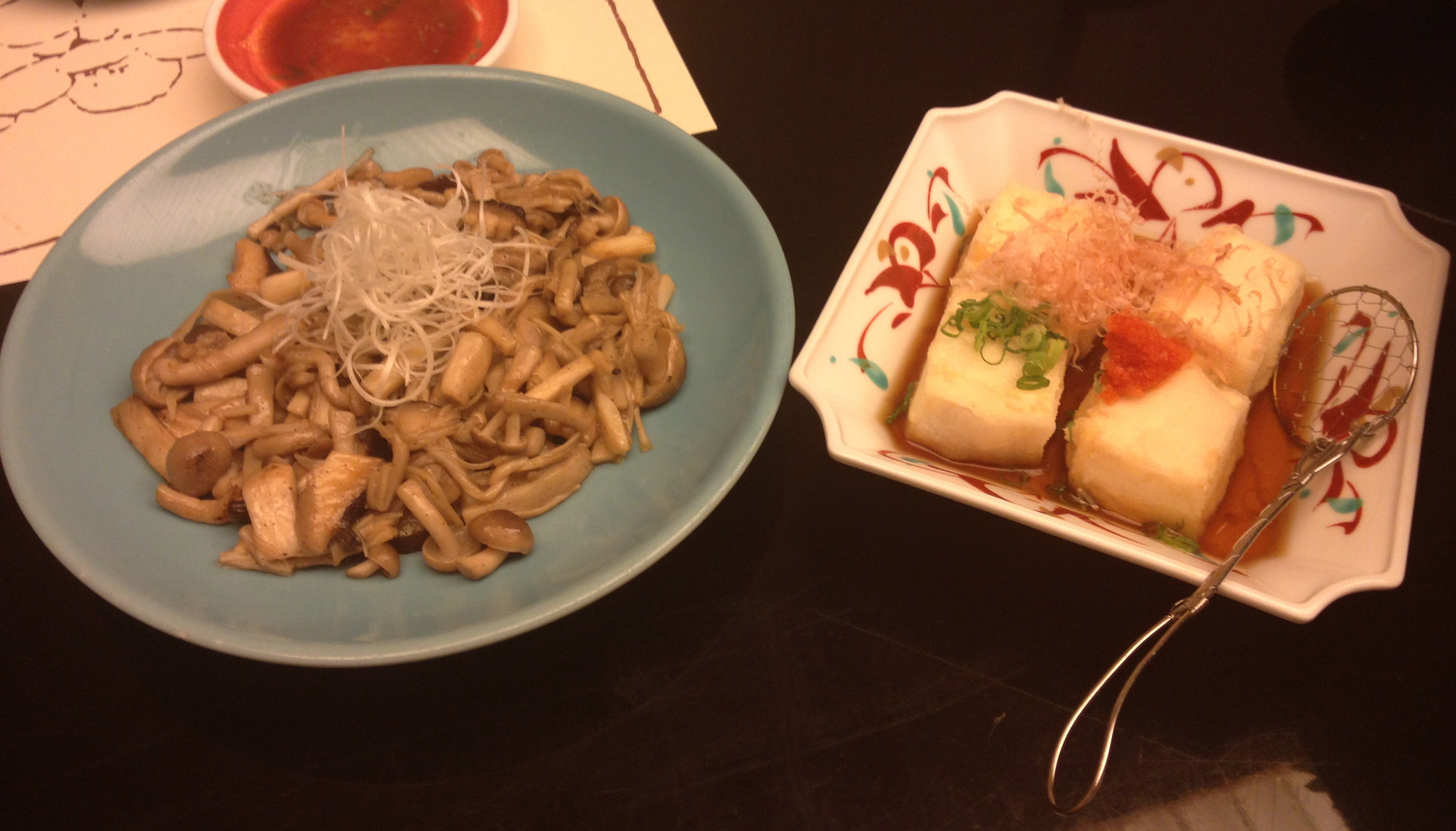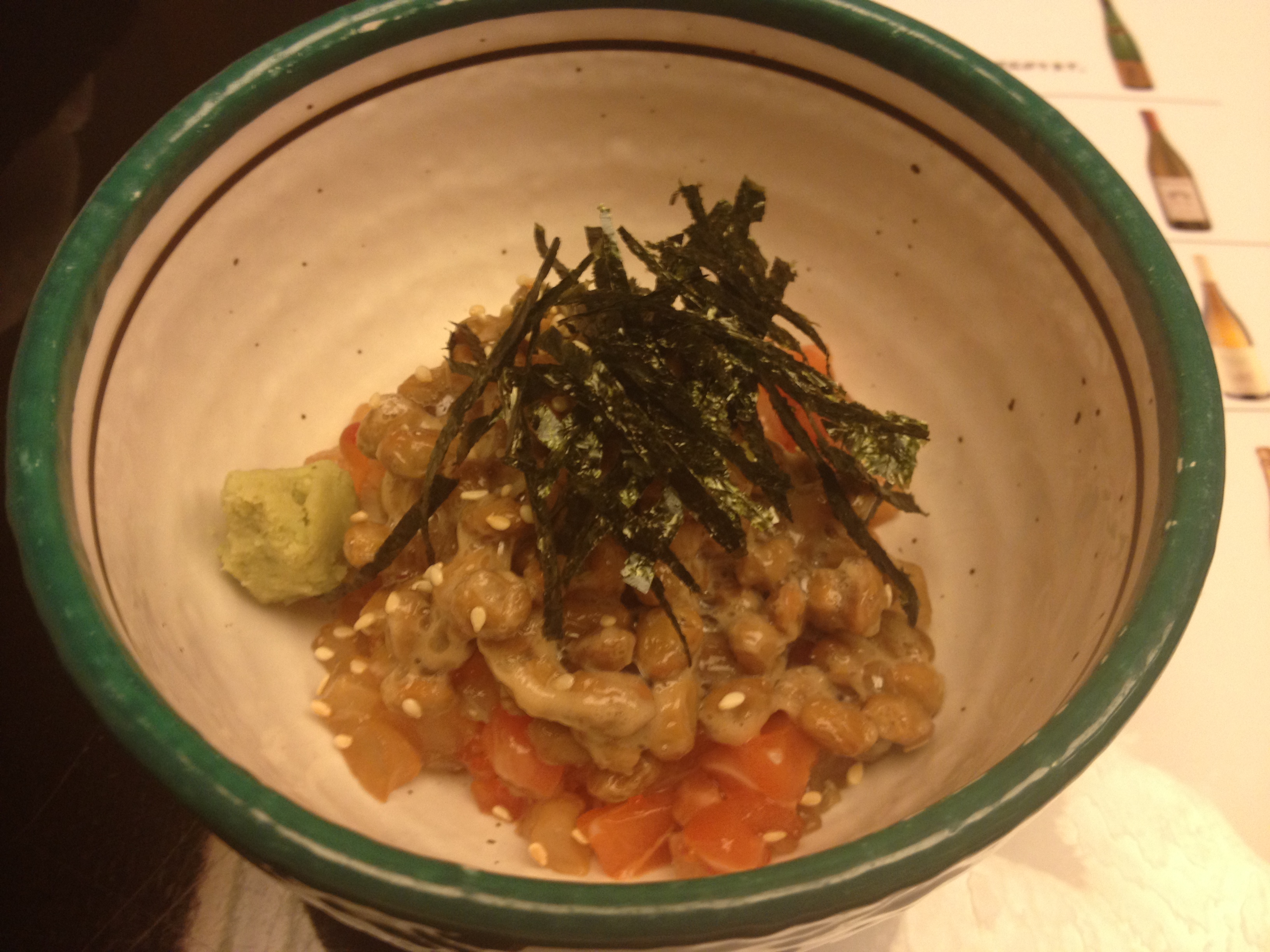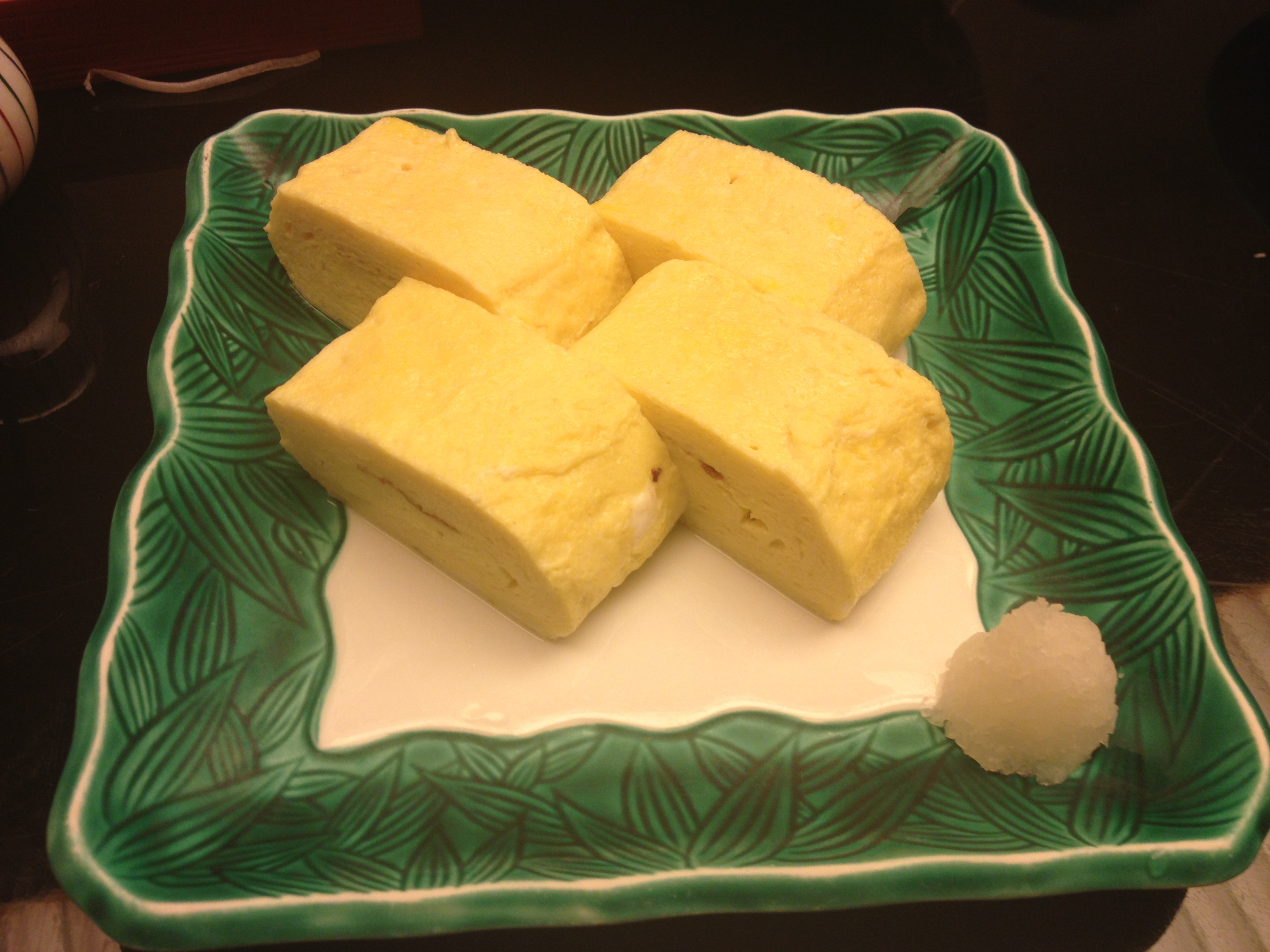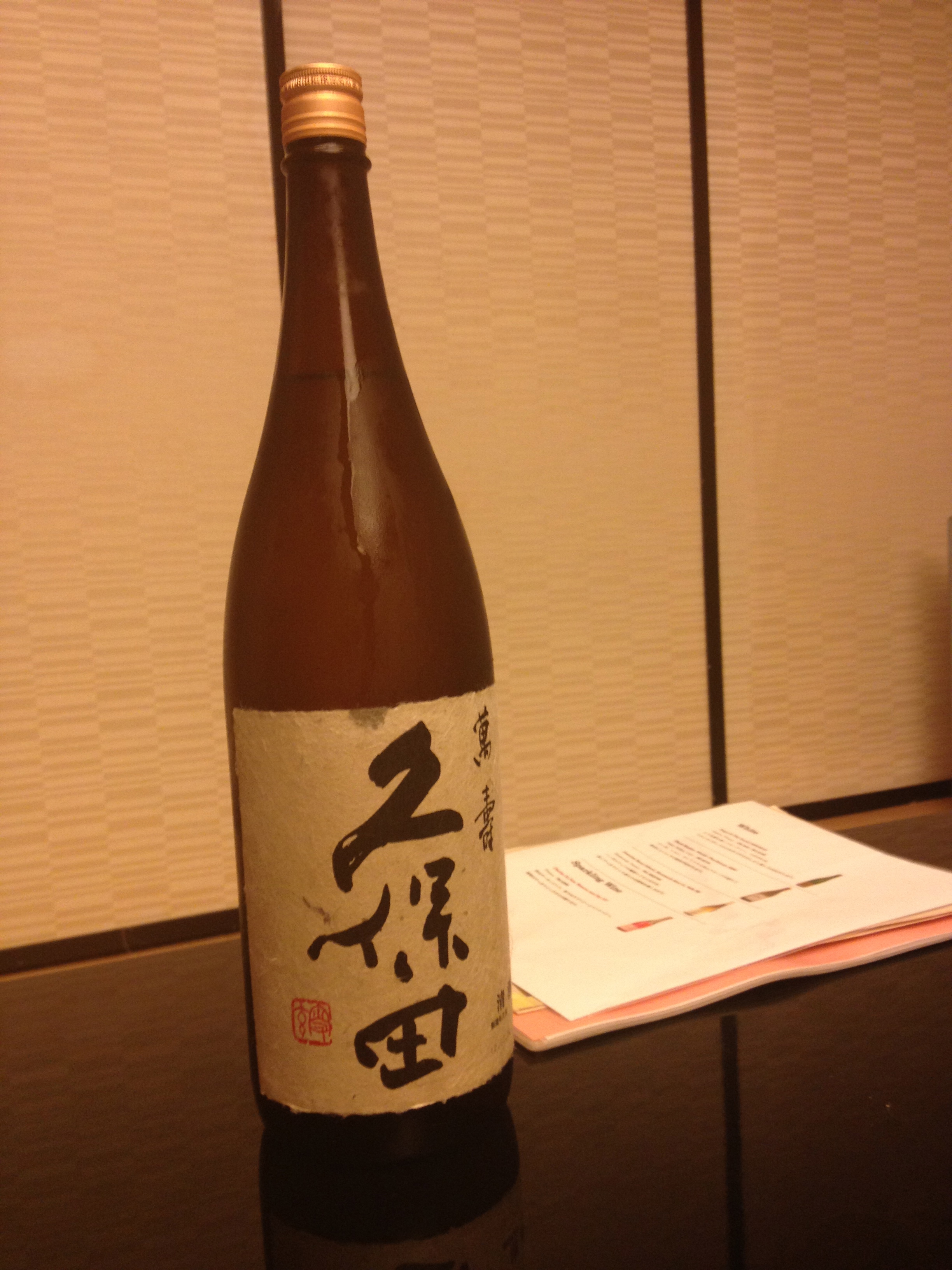The Japanese club in Hong Kong

The food at the Hong Kong Japanese club cannot be other than very authentic, so it may surprise the Nobu and Zuma devotees with its straightforward and simple style. That often in Japanese restaurants means that only top-notch ingredients must be used in preparation as it is these that stand out. It is quite a similar approach as in Italian cuisine where the raw ingredients and their simple preparation play the main roles.

At the Japanese Club in Hong Kong one can experience throughly the authentic Japanese sit down lunch or dinner. You can eat either in a common room or in one of the private rooms with the traditional concept of sit-on-the-floor by your table. Be prepared to take off your shoes for this, so no teddy bears or red hearts on your socks this time!
Food: Sashimi is the simplest thing one can order. Just a well-sliced piece of fish or seafood and a bit of ice to serve it on, yet it is this simplicity that shows the most about any restaurant. How fresh, succulent and tasty a piece of sashimi is determined by a daily trail of the chef to the fish market or ability to ship the fish from abroad frequently. Some chefs have done a marvelous job with their sourcing ( Urasawa in LA, Dinings in London, Shiro in Seattle, Soto in New York) while some have to mask the imperfections of their fish and seafood with hefty sauces. At the Japanese Club they do not do the later, but one has to know which piece of sashimi to order if you want the best of the best. The salmon was delicious, melting in my mouth like a succulent chunk of fish, but I was disappointed by the toro, the white fish and mackerel. The raw shrimps were delicious though.

Moving to warm dishes I must confess that the Sautéed mushrooms were perhaps the best I have ever had. I ate two plates of them and I could not have enough how great they were. Another vegetarian treat was the Deep-fried tofu with ponzu sauce that was so perfectly balanced, far from oily or mushy as some tofu dishes tend to be.
Perhaps the most different and intriguing for all the dishes we had on that occasion was the Salmon with fermented tofu sauce. This smoky fermented soy bean is called “natto” in Japan and is supposedly very popular between the local people, yet its distinct aroma often deters foreigners. Do not be fooled by the aroma as it tastes really good. The savoury umami taste was dominant and charming in this dish, yet it was balanced by some spicy wasabi paste, white sesame seeds and dried seaweed to create the most complex army of flavours you can imagine. A glass of white wine or sake with this is a must for me as much as with sashimi to help to calm down the richness of the meal. The acidity in white wine is the key to d exactly that.

We also had a Grilled mackerel, but it was not my sort of thing as it was quite bony and fishy. In this dish a vibrant sauce would help it a lot. On the other hand the Grilled Cod Fish Saikyo-miso flavored was excellent. From the sides I liked the Rolled egg omelet as it was so yummy and great palate-soother after all the fish we had.

From the deserts the Vanilla,Green tea and Yuzu ice creams were all excellent and the Sweet red bean with rice dumplings was revealing and not too sweet so I could slurp the entire bowl with ease.
Drinks: You can drink wine, yet sake is impeccable here. The selection is as wide as a wine list at a Michelin-stared restaurant. We chose two magnums of Manjyu Kubota sake. It was so delicate, perfectly balanced and palate friendly sake that five of us drunk it like fish jumping into a well in an African desert. Manju means “Ten Thousand Years Life” in Japanese and it is the highest quality sake among the brand (Kubota in this case). My japanese friend also disclosed that it’s produced by Asahi-Shuzo Sake Brewing Co., Ltd., which was established in 1830. Well, it is an old company, even older than many wineries in Europe!

Cusine: Japanese traditional.
Visit: October 2012.
Price: High (high quality ingredients for Japanese cuisine are always expensive).
Address: 19/F, Paliburg Plaza, 68 Yee Wo Street, Causeway Bay, Hong Kong
Contact: Tel: +(852) 2577 3669
Reservations are possible only for these of you coming along with at least one member of the club.

